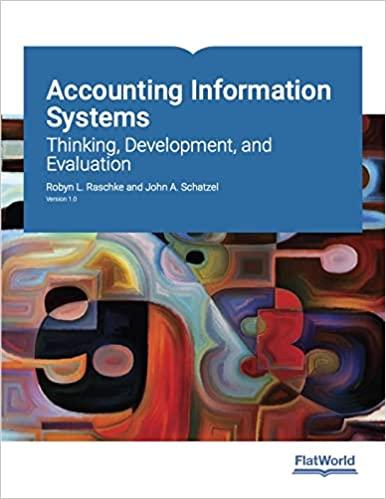Question
1. Your assignment is to complete the problem. 2. It says Beginning Bal., put in a row of zeroes. (This is because Beth is just
1. Your assignment is to complete the problem.
2. It says Beginning Bal., put in a row of zeroes. (This is because Beth is just starting her business and has not had any transactions yet.) (Bal. Is the abbreviation for Balance, which is what we call the amount that is in an account at any given time )?
3. Now look at Transaction a. at the top right side of the page and determine which accounts are affected.
4. Put in the dollar amount (in this case, $60,000) on line A. under the names of the accounts affected by the transaction. In this transaction, you would enter 60,000 under the Cash account, and 60,000 under the Capital account. Enter numbers only. Do not use dollar signs.
5. On the next line, the one labeled Bal., compute the updated balances of All the accounts. Some account balances will be the same as the Beginning Balance, some (Cash & Capital) will change. If the transaction increases the Balance, add the transaction amount to the balance from the previous Balance row. If the transaction decreases the Balance, subtract it. (A difference from the Chapter 1 homework problem if the transaction Decreases the account, please put the dollar amount in parentheses to show the decreasing value.)
6. Now read Transaction b. at the top of the page and continue the process of entering the dollar amounts under the names of the accounts affected by each transaction. Remember that some transactions will Decrease the account (paying Cash for something decreases the Cash account, etc.) and be sure to put parentheses around those amounts.
8. Then update All the account balances on the Bal. row below. Some accounts will have a zero balance for part of this exercise.
9. Continue this process until you complete all rows of the worksheet.
10. Now prove that the Accounting Equation is in balance by adding the Assets and placing the total on the line at the top left of the page. Continue this process by completing Steps 10 & 11.
10. Do the same for the Liabilities & Equity accounts. (Remember that some Equity account totals will be positive and some will be negative. Be sure to subtract the negative amounts.) Place the total for the Liabilities & Equity on the top left of the page below the total Assets.
12. The total Assets and the total Liabilities & Equity should equal each other. If they dont, go back and check your arithmetic, and check whether the accounts are increasing or decreasing. The instructor is also able to give hints if necessary.

Step by Step Solution
There are 3 Steps involved in it
Step: 1

Get Instant Access to Expert-Tailored Solutions
See step-by-step solutions with expert insights and AI powered tools for academic success
Step: 2

Step: 3

Ace Your Homework with AI
Get the answers you need in no time with our AI-driven, step-by-step assistance
Get Started


